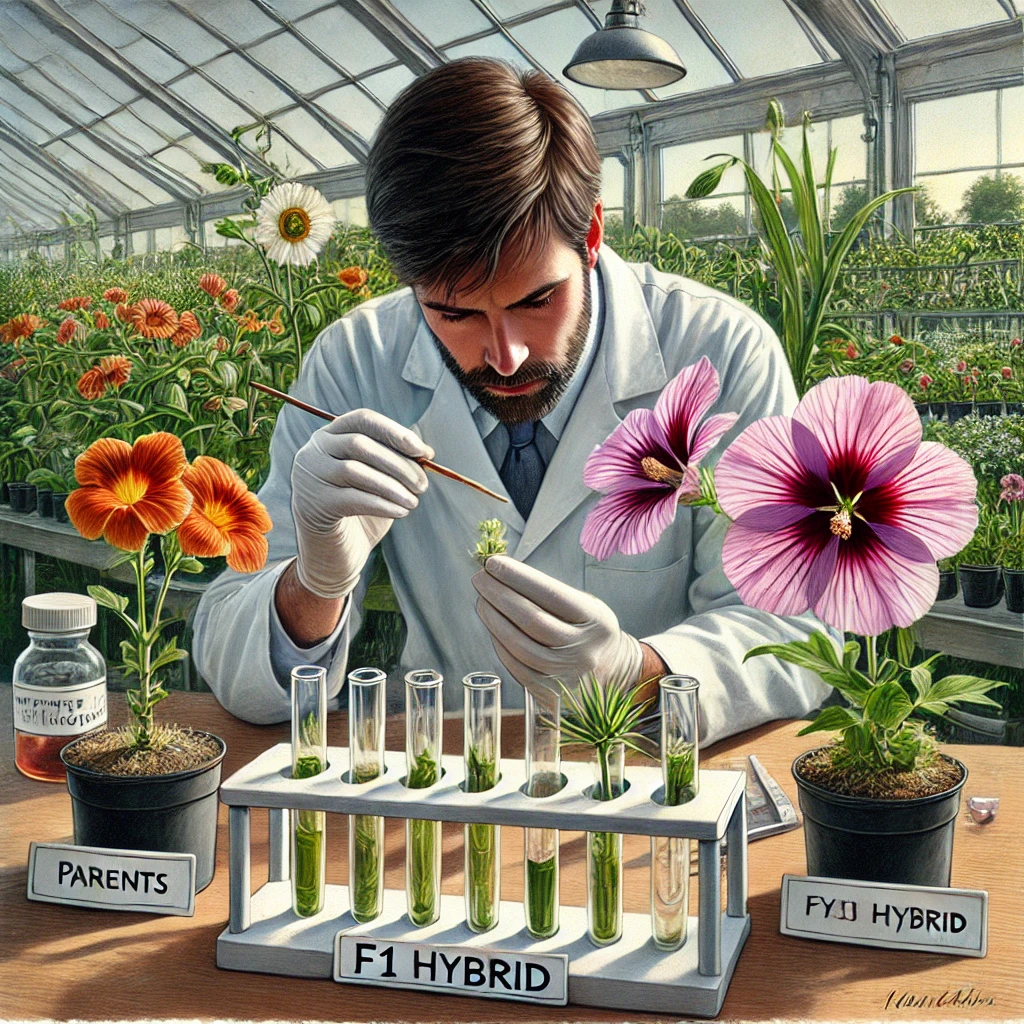Latest News
Grey Squirrels in the UK: Friend or Foe in the Garden?
Grey squirrels are a familiar sight in parks and...
Perlite: The Essential Guide for UK Gardeners
Perlite is one of those unassuming materials that turns...
Growing Tithonias in the UK
Tithonias, commonly known as Mexican sunflowers, are a vibrant...
Most Popular
Forest Master FM6DD Compact 6HP Petrol Wood Chipper REVIEW
How many times have you created a pile of...
Hardiness ratings
© Local Gardener LTD. All Rights Reserved. 2025



